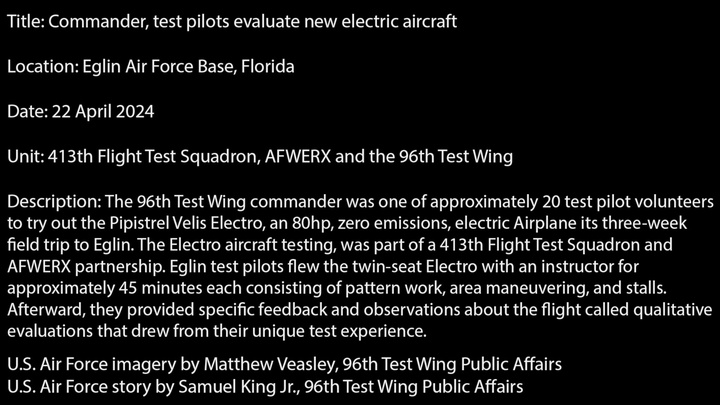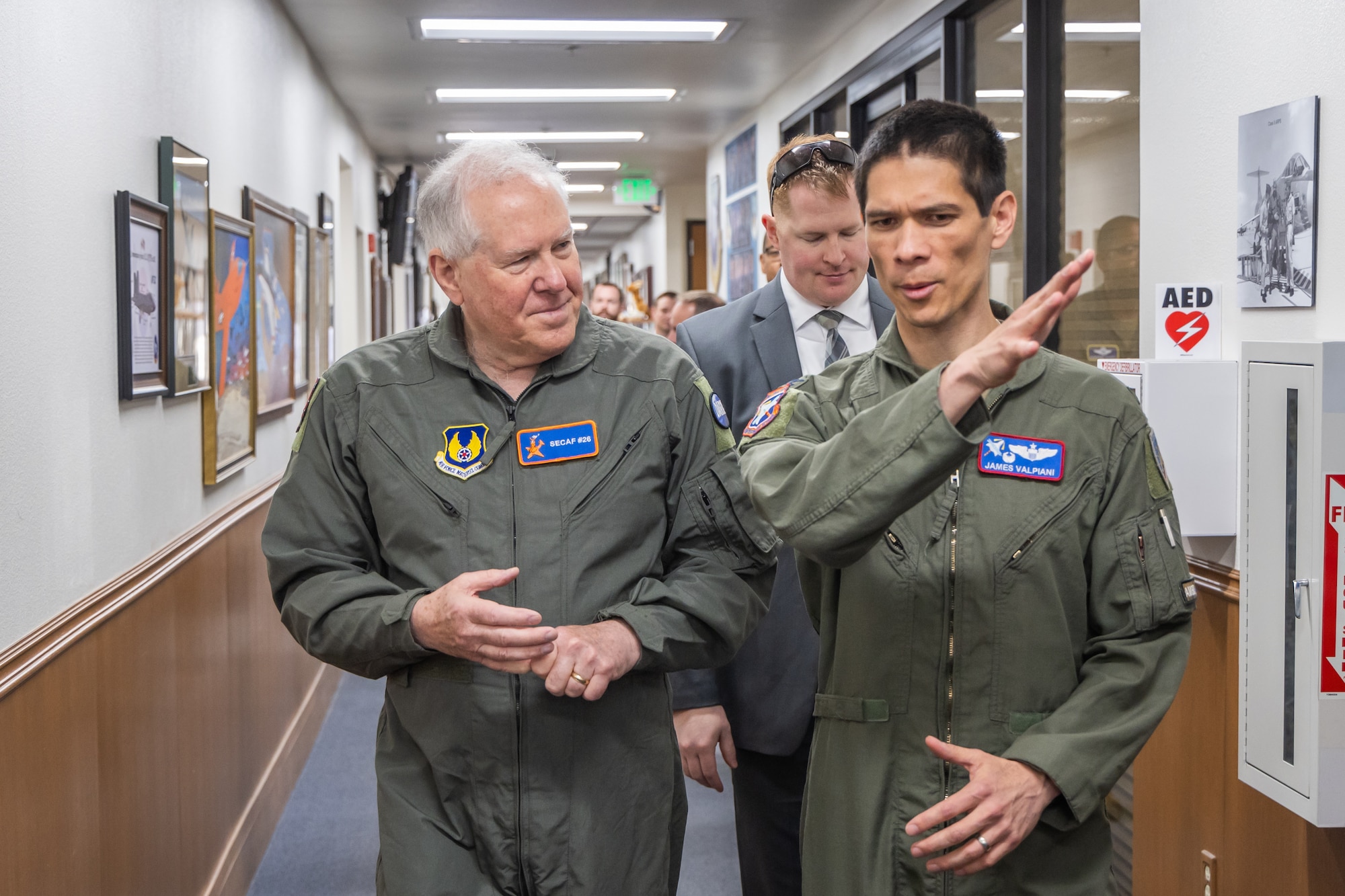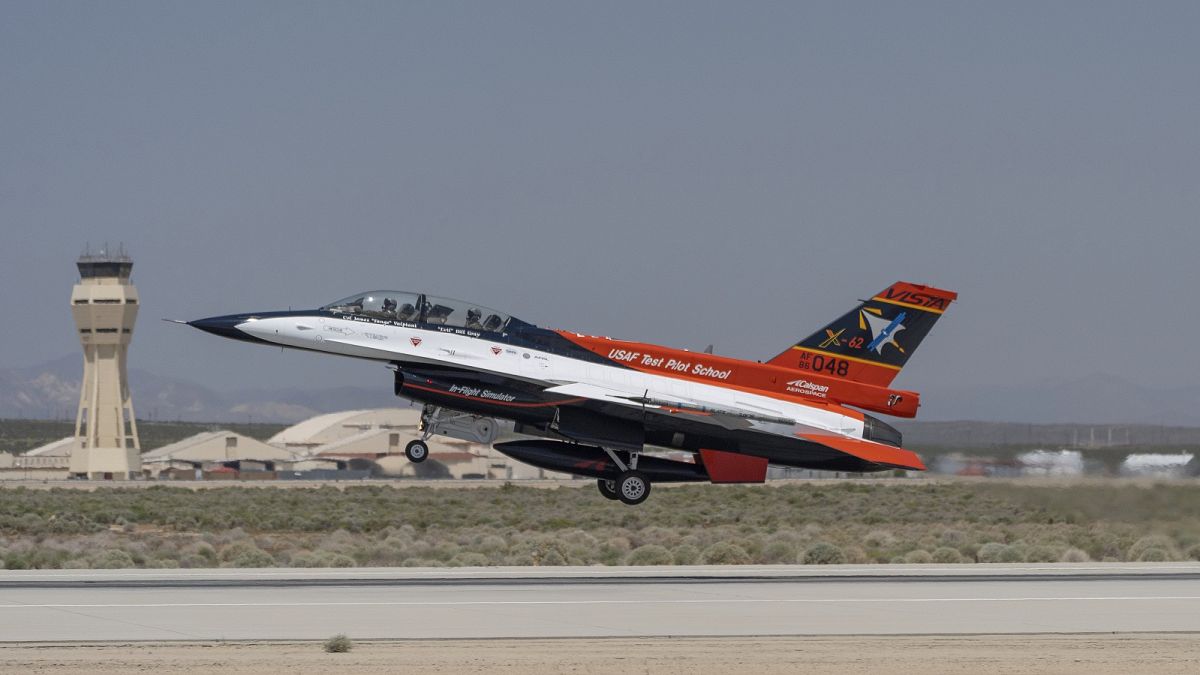In a groundbreaking development, the United States Air Force (USAF) took a significant step towards integrating artificial intelligence (AI) into military aviation with the successful test flight of an AI-controlled F-16 fighter jet on May 3, 2024. The historic event marked the first time an AI system had taken control of a fighter jet during actual flight, raising concerns and excitement in equal measure.
The USAF has been exploring the potential of AI in military aviation for several years due to its strategic capabilities, cost savings, and security benefits. One such project is Vista (Variable In-flight Simulation Test Aircraft), an experimental aircraft designed to test autonomous flying capabilities using machine learning and live agent integration.
Secretary of the Air Force Frank Kendall had the opportunity to experience Vista's advanced features firsthand when he took a ride in the cockpit on May 3. The flight, which took place at Edwards Air Force Base, California, was a significant milestone for both the USAF and AI technology as a whole.
The successful test flight of an AI-controlled F-16 is just one aspect of the USAF's broader efforts to integrate AI into its fleet. The service aims to have an autonomous fleet of over 1,000 unmanned warplanes by 2028, with the first operating in this capacity three years earlier.
Despite the potential benefits, there are concerns about the implications of AI-controlled military aircraft. Humanitarian organizations have expressed deep concern about putting life-and-death decisions in the hands of an autonomous system. However, as Kendall noted during his flight, AI is already redefining global warfare strategies whether we like it or not.
The shift to AI-enabled planes is not limited to the USAF. Other countries are also investing in this technology, making it crucial for the US to stay competitive and maintain its strategic advantage. The successful test flight of an AI-controlled F-16 marks a significant step forward in this regard.


